Peugeot Partner vs VW Tiguan – Which one offers the better deal?
Two cars, one duel: Peugeot Partner meets VW Tiguan.
Which one wins in performance, efficiency and value for money? Find out now!
Costs and Efficiency:
When it comes to price and running costs, the biggest differences usually appear. This is often where you see which car fits your budget better in the long run.
Peugeot Partner has a significantly advantage in terms of price – it starts at 22400 £, while the VW Tiguan costs 32800 £. That’s a price difference of around 10396 £.
Fuel consumption also shows a difference: VW Tiguan manages with 0.40 L and is therefore significantly more efficient than the Peugeot Partner with 5.20 L. The difference is about 4.80 L per 100 km.
As for range, the Peugeot Partner performs significantly better – achieving up to 354 km, about 225 km more than the VW Tiguan.
Engine and Performance:
Power, torque and acceleration are the classic benchmarks for car enthusiasts – and here, some clear differences start to show.
When it comes to engine power, the VW Tiguan has a convincingly edge – offering 272 HP compared to 136 HP. That’s roughly 136 HP more horsepower.
In acceleration from 0 to 100 km/h, the VW Tiguan is clearly quicker – completing the sprint in 5.90 s, while the Peugeot Partner takes 11.20 s. That’s about 5.30 s faster.
In terms of top speed, the VW Tiguan performs distinct better – reaching 242 km/h, while the Peugeot Partner tops out at 183 km/h. The difference is around 59 km/h.
There’s also a difference in torque: VW Tiguan pulls noticeable stronger with 400 Nm compared to 300 Nm. That’s about 100 Nm difference.
Space and Everyday Use:
Beyond pure performance, interior space and usability matter most in daily life. This is where you see which car is more practical and versatile.
Both vehicles offer seating for 5 people.
In curb weight, Peugeot Partner is noticeable lighter – 1329 kg compared to 1599 kg. The difference is around 270 kg.
In terms of boot space, the Peugeot Partner offers significantly more room – 1800 L compared to 652 L. That’s a difference of about 1148 L.
In maximum load capacity, the Peugeot Partner performs significantly better – up to 4000 L, which is about 2350 L more than the VW Tiguan.
When it comes to payload, Peugeot Partner significantly takes the win – 991 kg compared to 533 kg. That’s a difference of about 458 kg.
Who comes out on top?
Overall, the VW Tiguan shows itself to be outperforms in nearly all aspects and secures the title of DriveDuel Champion.
It convinces with the more balanced overall package and proves to be the more versatile choice for everyday use.
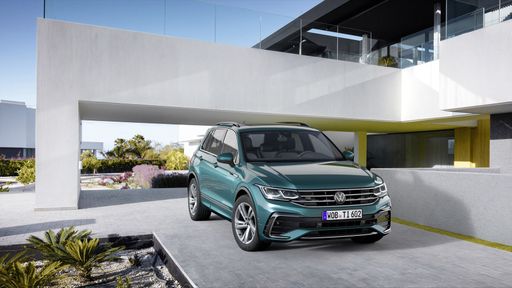
VW Tiguan
Peugeot Partner
The Peugeot Partner is a versatile and practical vehicle, ideal for both urban and rural settings. Its spacious interior and adaptable seating make it a popular choice for families and businesses alike. With a focus on reliability and efficiency, the Partner is well-suited to meet the demands of everyday transport.
detailsVW Tiguan
The VW Tiguan presents itself as a versatile and practical option in the SUV market, combining a stylish design with a spacious and comfortable interior. It offers a smooth driving experience, making it well-suited for both urban environments and longer journeys. With its focus on safety and innovative technology features, the Tiguan remains a compelling choice for families and adventurers alike.
details @ Volkswagen
@ Volkswagen
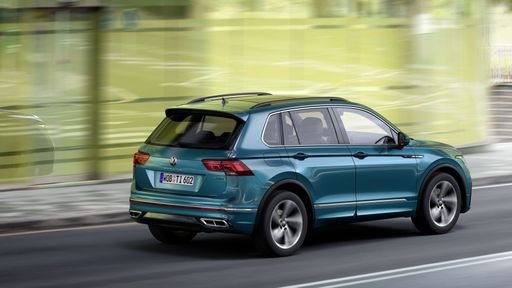 @ Volkswagen
@ Volkswagen
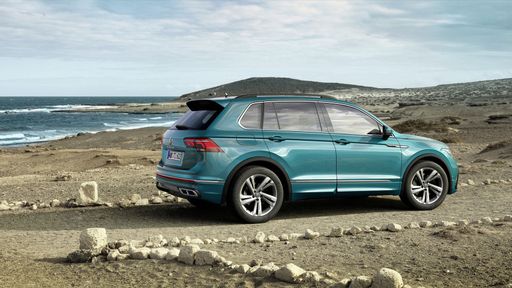 @ Volkswagen
@ Volkswagen
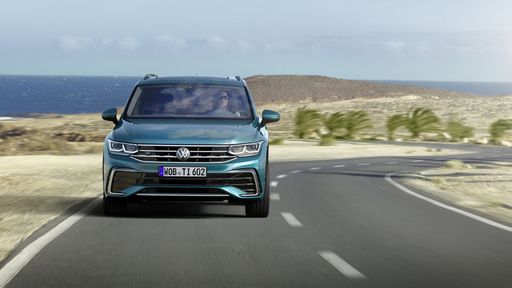 @ Volkswagen
@ Volkswagen
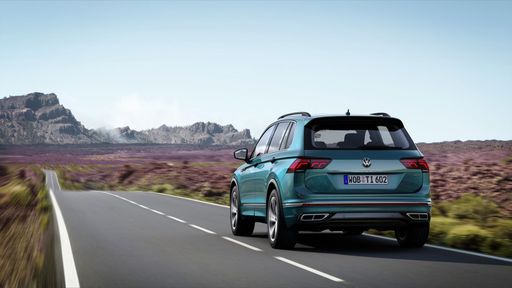 @ Volkswagen
@ Volkswagen
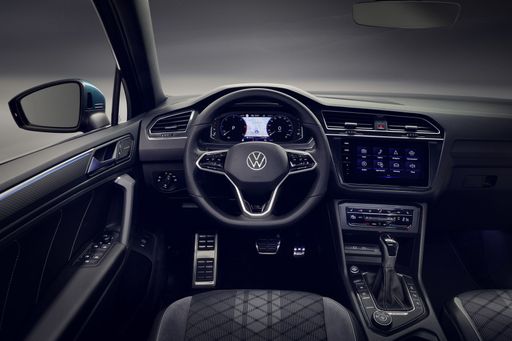 @ Volkswagen
@ Volkswagen

|
|
|
|
|
Costs and Consumption |
|
|---|---|
|
Price
22400 - 33800 £
|
Price
32800 - 51900 £
|
|
Consumption L/100km
5.2 - 6.3 L
|
Consumption L/100km
0.4 - 8.4 L
|
|
Consumption kWh/100km
17.40 kWh
|
Consumption kWh/100km
-
|
|
Electric Range
354 km
|
Electric Range
119 - 129 km
|
|
Battery Capacity
-
|
Battery Capacity
19.70 kWh
|
|
co2
0 - 143 g/km
|
co2
8 - 190 g/km
|
|
Fuel tank capacity
53 - 61 L
|
Fuel tank capacity
45 - 58 L
|
Dimensions and Body |
|
|---|---|
|
Body Type
Cargo Van
|
Body Type
SUV
|
|
Seats
2 - 5
|
Seats
5
|
|
Doors
4 - 5
|
Doors
5
|
|
Curb weight
1329 - 1813 kg
|
Curb weight
1599 - 1890 kg
|
|
Trunk capacity
1800 L
|
Trunk capacity
490 - 652 L
|
|
Length
4403 - 4753 mm
|
Length
4539 mm
|
|
Width
1848 mm
|
Width
1842 - 1859 mm
|
|
Height
1796 - 1812 mm
|
Height
1656 - 1658 mm
|
|
Max trunk capacity
3300 - 4000 L
|
Max trunk capacity
1486 - 1650 L
|
|
Payload
611 - 991 kg
|
Payload
460 - 533 kg
|
Engine and Performance |
|
|---|---|
|
Engine Type
Electric, Diesel, Petrol
|
Engine Type
Plugin Hybrid, Petrol, Petrol MHEV, Diesel
|
|
Transmission
Automatic, Manuel
|
Transmission
Automatic
|
|
Transmission Detail
Reduction Gearbox, Manual Gearbox, Automatic Gearbox
|
Transmission Detail
Dual-Clutch Automatic
|
|
Drive Type
Front-Wheel Drive
|
Drive Type
Front-Wheel Drive, All-Wheel Drive
|
|
Power HP
102 - 136 HP
|
Power HP
130 - 272 HP
|
|
Acceleration 0-100km/h
11.20 s
|
Acceleration 0-100km/h
5.9 - 10.6 s
|
|
Max Speed
135 - 183 km/h
|
Max Speed
198 - 242 km/h
|
|
Torque
205 - 300 Nm
|
Torque
220 - 400 Nm
|
|
Number of Cylinders
3 - 4
|
Number of Cylinders
4
|
|
Power kW
75 - 100 kW
|
Power kW
96 - 200 kW
|
|
Engine capacity
1199 - 1499 cm3
|
Engine capacity
1498 - 1984 cm3
|
General |
|
|---|---|
|
Model Year
2024 - 2025
|
Model Year
2024 - 2025
|
|
CO2 Efficiency Class
A, E
|
CO2 Efficiency Class
B, G, D, E, F
|
|
Brand
Peugeot
|
Brand
VW
|
Is the Peugeot Partner offered with different drivetrains?
Available configurations include Front-Wheel Drive.
The prices and data displayed are estimates based on German list prices and may vary by country. This information is not legally binding.
